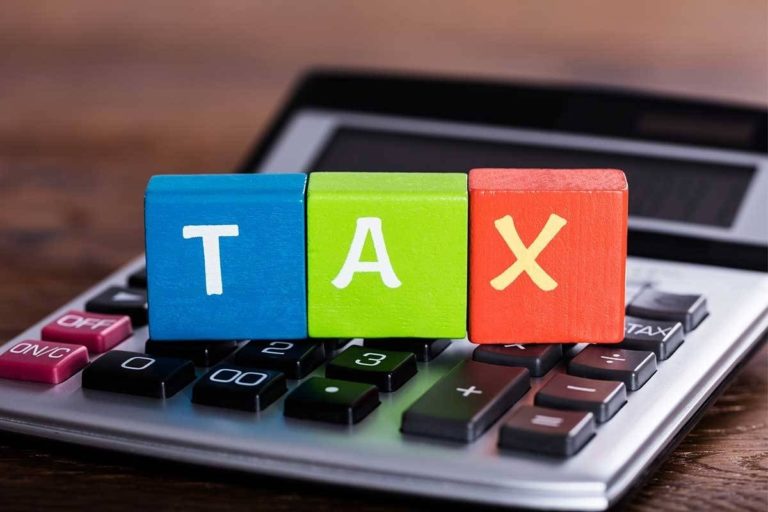Filing the tax return before the deadline every year is an essential exercise for every taxpayer. Apart from bringing a financial discipline, it also comes with other benefits such as carrying forward losses and saving up penalty/late filing fees.
GST returns, in particular, is a complicated exercise where a taxpayer registered under the Goods and Services Tax (GST) law has to file for each registration separately.
Since the number of GST returns and gst tax rate to be submitted is based on the type of taxpayer (regular, e-commerce operator, TDS deductor, composition dealer, non-resident taxpayer etc.), it becomes essential to stay updated with your tax filings including the dates and overall process.
So, how can you stay updated on your GST filings in 2020? Given below are the top five methods to do the same:
Upload Complete and Accurate Data In GSTR-1
A return is essentially a document having all the income details which a taxpayer is required to file with the tax authorities. Under GST law, a registered dealer has to file GST returns that include sales, purchase, output GST, and Input tax credit (GST paid on purchases). To file GST returns, taxpayers need all the GST compliant sales and purchase invoices.
There are several GST returns to be filed as prescribed under the GST law including GSTR-1, GSTR-3B, GSTR-4 and more. There are many fields to be filled-in while filing the GSTR-1 return, and GSTN does not allow for any amendment of a return once it is submitted.
It is, therefore, of paramount importance to be extra cautious at the time of data-entry to make sure that no rectifications and reconciliations need to be done in the returns at a later stage.
Make Sure to Maintain Proper Documentation
Although maintaining proper documentation is an essential prerequisite for GST audit, not all businesses are eligible for the same. However, every business irrespective of this requirement should have a practice of maintaining proper records under GST.
This includes maintaining purchase and sale registers, payment challans, e-way bills with proper gst bill format and more. Staying updated on your documentation also helps at the time of closure of books of accounts and reconciliation process.
Do a Thorough Comparison And Reconciliation Between Returns
Ensuring a detailed comparison and reconciliation between returns (GSTR-3B returns filed with GSTR-1 for data matches) is a crucial exercise for taxpayers that helps both in the process of recording the annual return and also in case of GST audit.
While GSTR-3B discloses supplies made during the month, purchases on which reverse charge is applicable, and input tax credit claimed, GSTR-1 is a monthly or quarterly return filed to disclose details of their outward supplies for the month and the tax liability.
Overlooking this comparison and reconciliation between GSTR 3B and GSTR 1 may hamper the accurate calculation of the Input Tax Credit (ITC) you have claimed. Further, settlement of GSTR 3B before filing returns also allows you to avoid show-cause notices from tax authorities.
Rectify And Amend Your Returns Before Filing The Annual Return
It is essential for GST return filers to ensure that all pending amendments are made to the monthly returns, on a regular and timely basis. Failing this could lead to a difference or mismatch between the GST returns filed during the year and the annual return.
This makes it essential to do all reconciliations with complete accuracy, and any discrepancy should be rectified before the filing of the annual returns.
Inform the Authorities Of Any Changes In Your Business
Every person registered under the GST law is liable to inform the GST authorities of any changes made in the particulars furnished concerning their registration.
Further, make sure that the authorities are intimated within 15 days of such changes. Once done, the application should be submitted on the GST portal along with all the necessary documents.
Bottom Line
For the overall success and financial health of an enterprise, all the statutory systems and dues of the enterprise must be appropriately managed.
Using the above methods, a tax filer can ensure to stay GST-compliant and remain updated on their tax filing status. It is vital to stay updated on all GST-related news so that you are always in track with the latest changes.


Comments are closed.